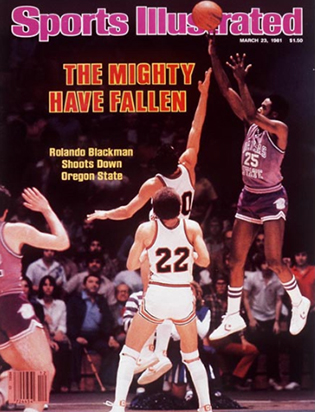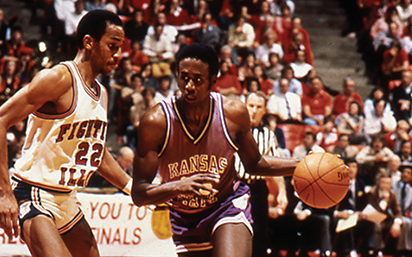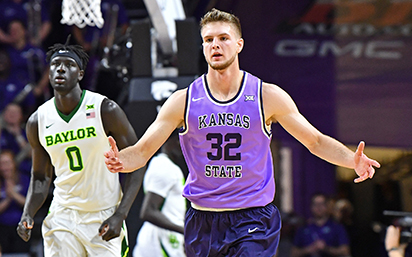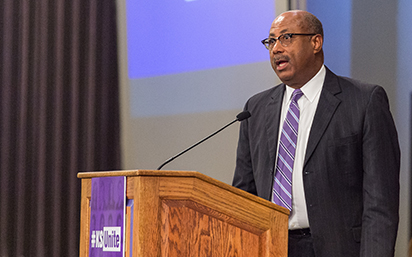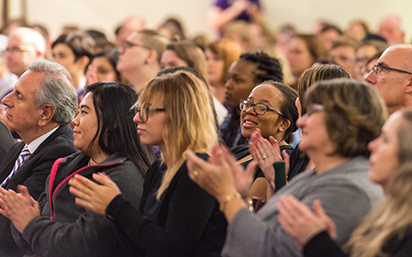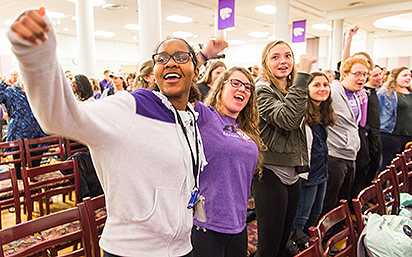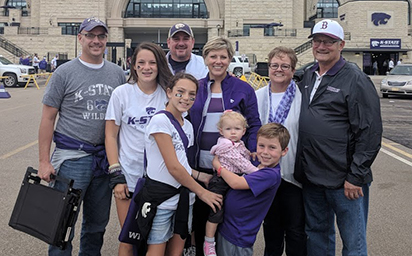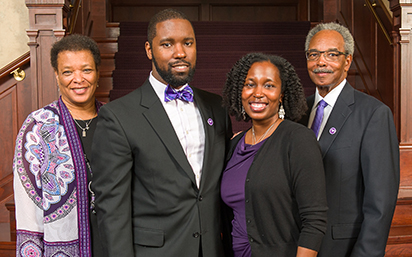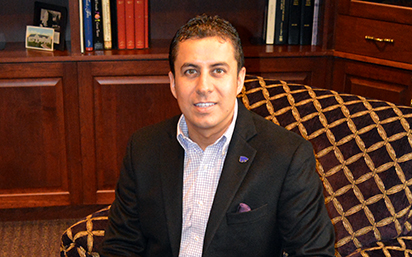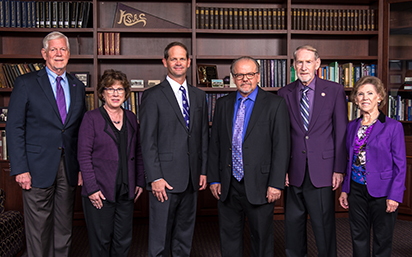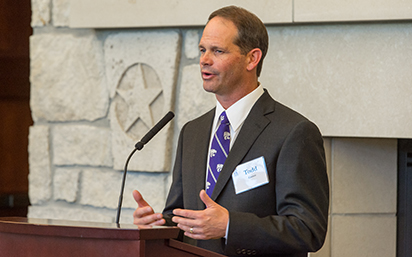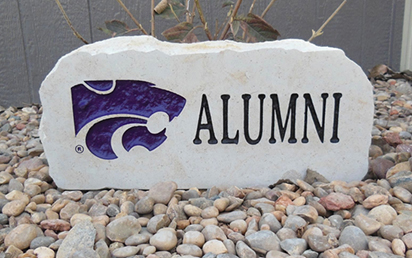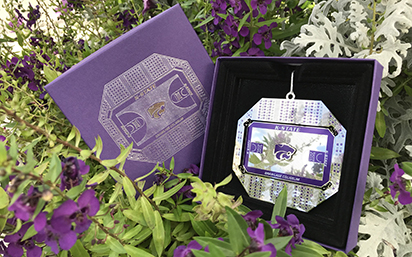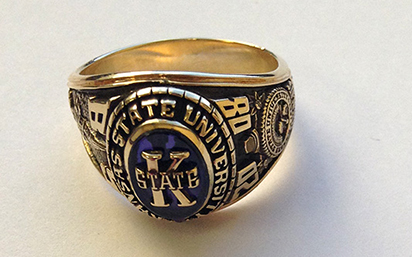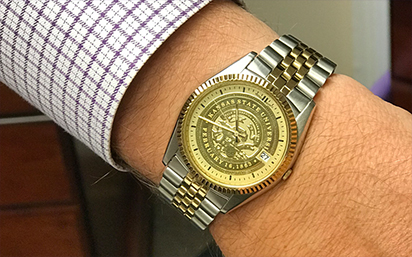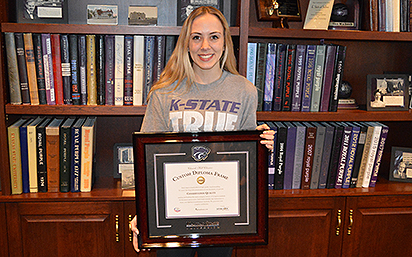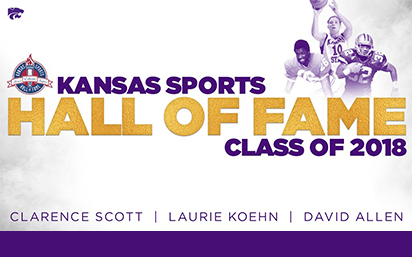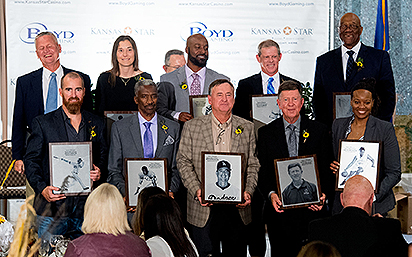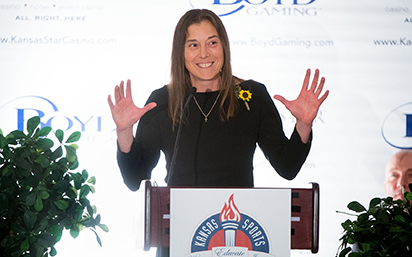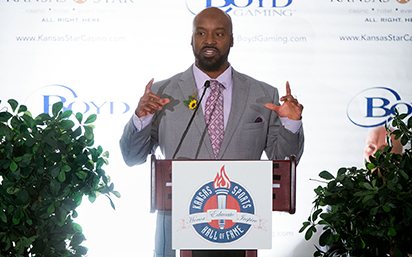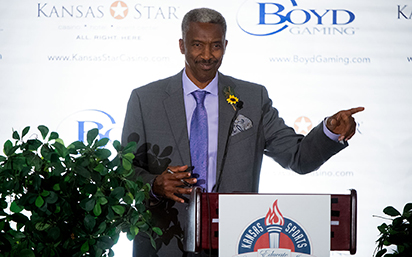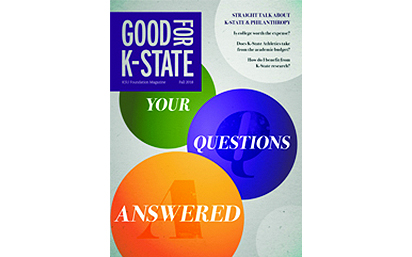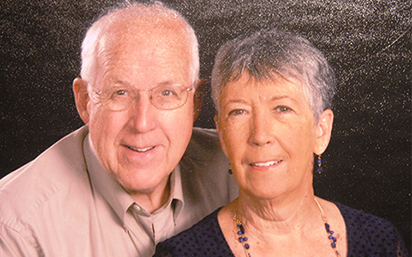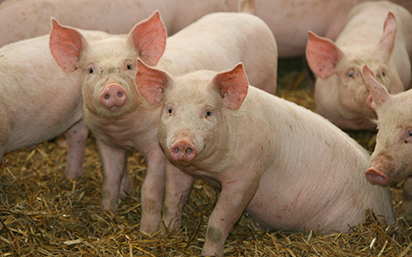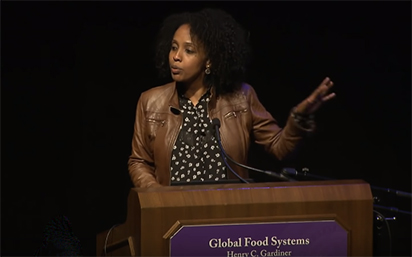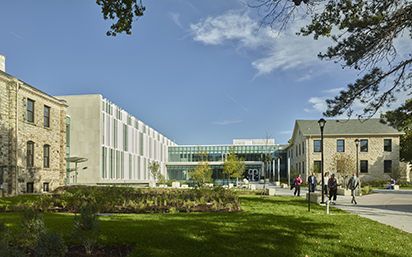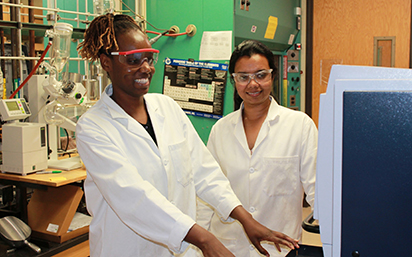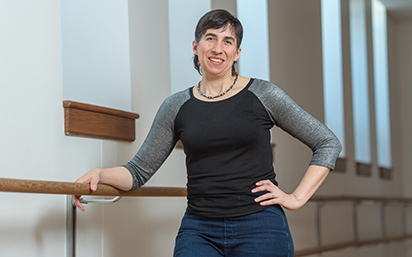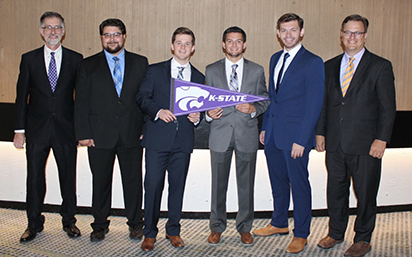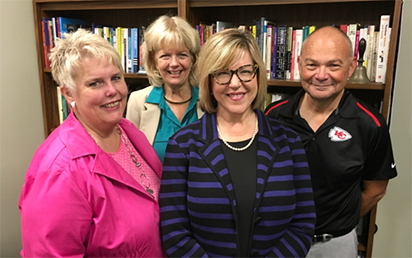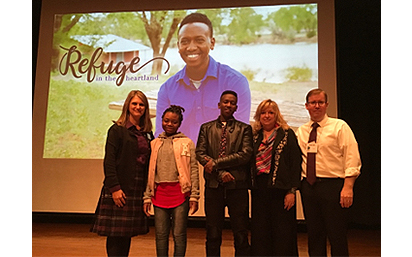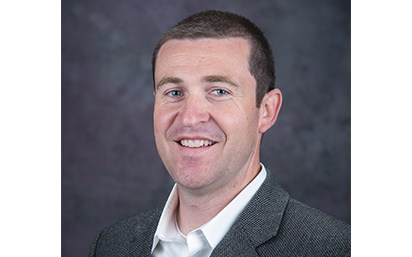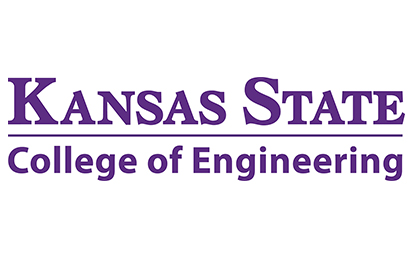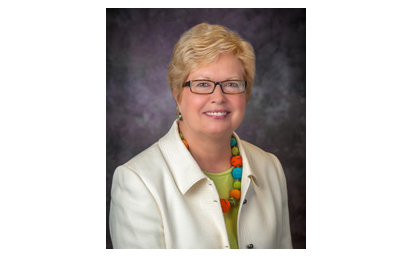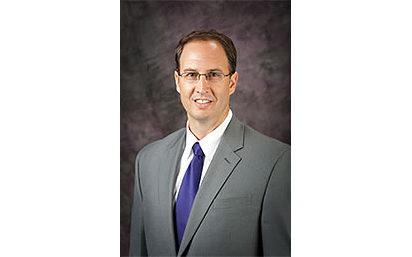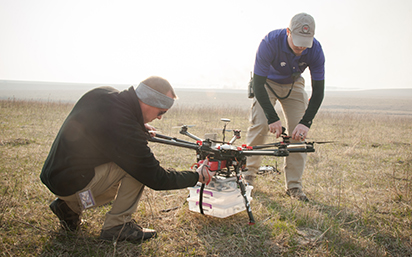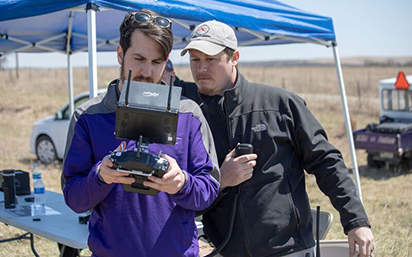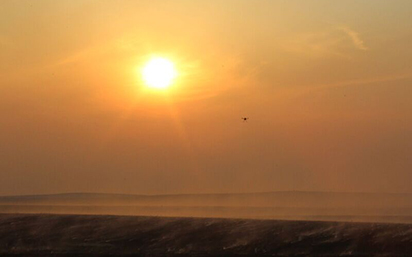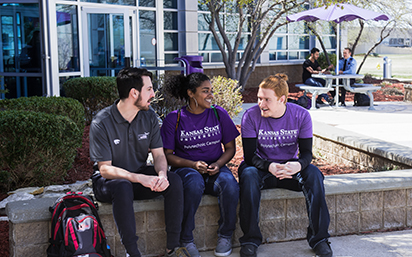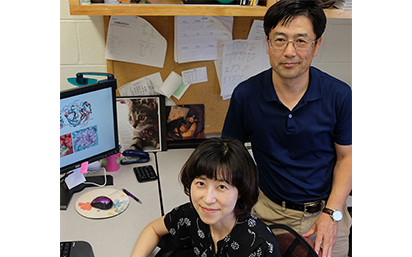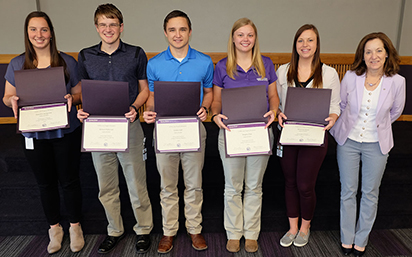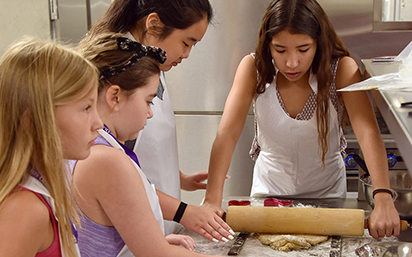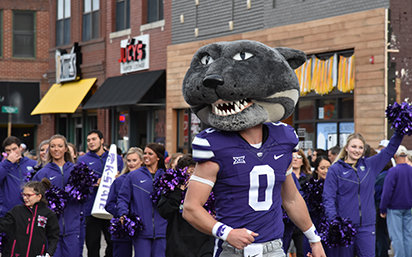
Photo gallery: Little Apple, Big Entertainment at K-State Homecoming 2018
Kansas State University’s 103rd Homecoming started with a 5K Run/Walk benefitting
the Multicultural Student Center initiative and ended with a football victory over
Oklahoma State at Bill Snyder Family Stadium.
This year’s Homecoming theme was “Little Apple, Big Entertainment,” celebrating a
variety of musical styles and performers. View photos from some of our Homecoming
events in the gallery below, and click on the links for even more photos on Facebook.

Student organizations competed and shared their best Wildcat cheers at Pant the Chant. (Photo: David Mayes ’96, K-State Alumni Association)
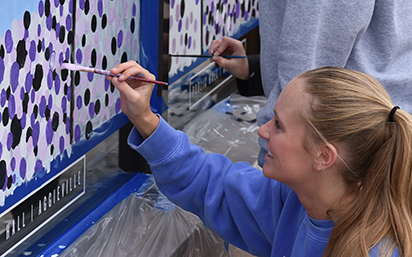
Students painted the windows in Aggieville and dressed them up for Homecoming. (Photo: Ashley Pauls, K-State Alumni Association)

Student organizations showed off their best dancing and lip-syncing skills at Wildcat Request Live. (Photo: David Mayes ’96, K-State Alumni Association)
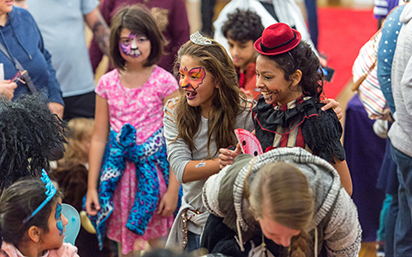
Face painting was one of the highlights of the annual K-State Homecoming Children’s Carnival. (Photo: David Mayes ’96, K-State Alumni Association)
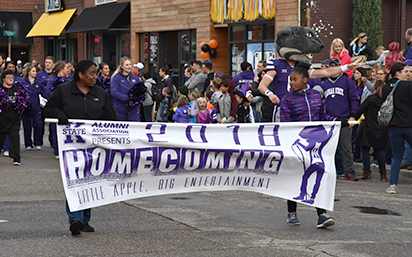
Cool, rainy weather couldn’t dampen the festive spirit in Aggieville for the Homecoming parade, where plenty of purple pride was on display. (Photo: Ashley Pauls, K-State Alumni Association)
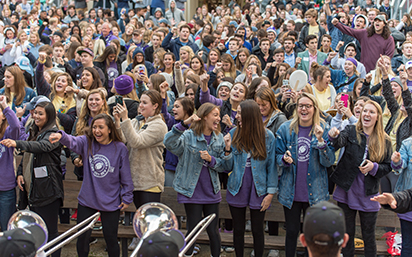
K-Staters geared up for the Homecoming football game at the annual pep rally. (Photo: David Mayes ’96, K-State Alumni Association)
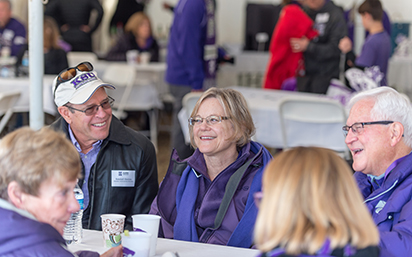
Wildcat fans enjoyed food and fun before the football game at the K-State Alumni Association’s pregame party. (Photo: David Mayes ’96, K-State Alumni Association)

Congratulations to K-State’s new Student Ambassadors! Pictured left to right are: current ambassador Michelle Anderson; President Richard Myers ’65; Amy Button Renz ’76, ’86, K-State Alumni Association president and CEO; new ambassador Maddy Mash; Sylvia White Robinson ’71, Alumni Association board of directors chair; new ambassador Tel J. Wittmer; and current ambassador Darrell Reese Jr. (Photo: David Mayes ’96, K-State Alumni Association)

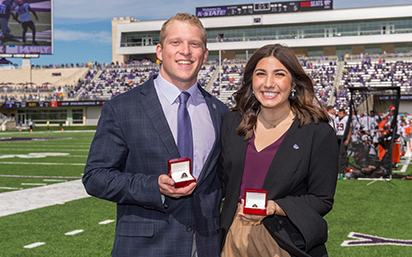
 The Student Ambassador program was established by the K-State Alumni Association in
1977 and broadens the university’s outreach. Mash and Wittmer will visit with prospective
students and alumni at K-State
The Student Ambassador program was established by the K-State Alumni Association in
1977 and broadens the university’s outreach. Mash and Wittmer will visit with prospective
students and alumni at K-State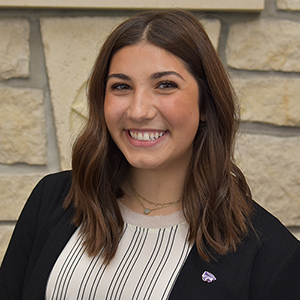 Mash is a member of Alpha Xi Delta sorority. She has served her sorority as member
development vice president, new member orientation director, sisterhood director and
assistant academic director. Additionally, she is a pre-health ambassador, New Student
Services ambassador, 2018 K-State Orientation and Enrollment leader and is a member
of Silver Key Sophomore Honorary and Big Brothers Big Sisters.
Mash is a member of Alpha Xi Delta sorority. She has served her sorority as member
development vice president, new member orientation director, sisterhood director and
assistant academic director. Additionally, she is a pre-health ambassador, New Student
Services ambassador, 2018 K-State Orientation and Enrollment leader and is a member
of Silver Key Sophomore Honorary and Big Brothers Big Sisters.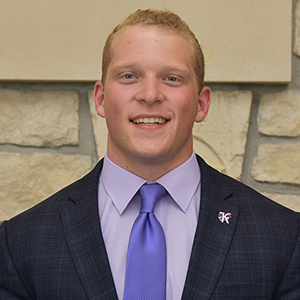 Wittmer is a member of the Student Alumni Board and Student Governing Association,
serving as a student senator and caucus leader for the College of Education and vice
chairman of the Travel Allocations Committee. Additionally, he is a New Student Services
ambassador and a 2018 K-State Orientation and Enrollment leader.
Wittmer is a member of the Student Alumni Board and Student Governing Association,
serving as a student senator and caucus leader for the College of Education and vice
chairman of the Travel Allocations Committee. Additionally, he is a New Student Services
ambassador and a 2018 K-State Orientation and Enrollment leader.
